ID: 16
Medically significant: yes
Classification agreed: y
Contentious not verified: n
In ncbi taxonomy database: y
Available from atcc: y
CBS: y
Previous CBS: unknown
Sexual CBS: n
Contentious name: n
Previous name, contentious name: unknown
Sexual form exists: y
Sexual form contentious name: n
Sexual form name: Sartorya fumigata
Sexual form author: O'Gorman, Fuller & Dyer doi:10.1038/nature07528
Sexual form in ncbi taxonomy database: n
Previous name in NCBI taxonomy database: unknown
Previous name available at ATCC: n
Reference (original paper):
Fresenius, G. 1863. Beiträge zur Mykologie. 3
Taxonomic family: Fungi, Ascomycota, Pezizomycotina, Eurotiomycetes, Eurotiomycetidae, Eurotiales, Trichocomaceae, Aspergillus
Species images:
-
Micrographs of A. fumigatus conidia & conidial heads provided by Amaliya Stepanova, , Head of Laboratory pathomorphology and cytology at Kashkin Research Institute, Russian Federation.
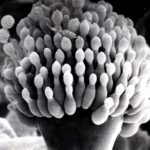 ,
,  ,
, 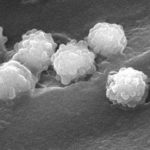 ,
,  ,
, 
-
Scanning electron micrographs of A. fumigatus conidia of the wild-type G10 strain (a). Size bar, 100 nm.
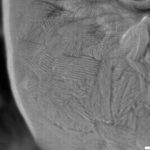
-
Scanning electron micrographs of A. fumigatus conidia of transformants rodB-02 (b). Size bar, 100 nm.

-
These colonies were isolated from a BAL, (also with bacterial qrowth of S.aureus and S.maltophilia) from a patient with a VAP (undergoing corticosteroid treatment). The growth medium used is sabouraud dextrose agar , incubated at 37° C
The identification is made by microscopic/macroscopic observation criteria.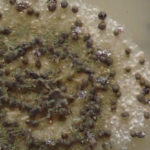
-
A Colonies on MEA after one weekB Detail of colony showing columnar conidial heads x44C, D conidial heads x920E conidia x2330
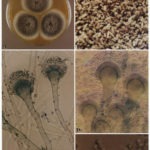
-
Scanning electron micrograph of an A.fumigatus conidium of rodA-47 (c), showing the hydrophobic rodlets covering the surface. Size bar, 100 nm.
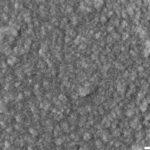
-
Scanning electron micrographs of A. fumigatus conidia of rodA rodB-26 (d).Size bar, 100 nm.
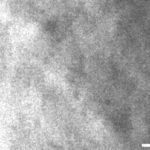
-
microscopic characters Conidiophore stipes(C)225-350um arising from hyphae(Hy):Vesicles(Ves)15-25um wide:Phialides(Ph)uniseriate:Conidia(Con)2.4-3.0um spherical to ovoid,roughened.

-
The growth isolated from the aspergilloma in the presence of living cells of the three bacterial species in culture.The most marked inhibition occurred with Pseudomonas aeruginosa(P) and Haemophilus influenzae(H) and to a much lesser extent with Staphylococcus aureus(S). C=control. Inhibitory factors were components of the bacterial slime layers.
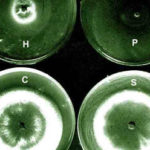
-
Sections of colonised alveoli
On the left, the conidiophores sporulate freely, on the right they are seen to cease development at the phialide stage. Carbon deposits are clearly seen here.A=alveolus, As=alveolar septum, C=conidiophore, P=phialide
-
A four day A. fumigatus culture on malt extract agar (above). Light microscopy pictures are taken at 1000x mag., stained with lacto-phenol cotton blue (right).
![Asp[1]fumigatus Asp[1]fumigatus](https://www.aspergillus.org.uk/wp-content/uploads/2013/11/Asp1fumigatus-150x150.jpg)
-
A four day A. fumigatus culture on malt extract agar (above). Light microscopy pictures are taken at 1000x mag., stained with lacto-phenol cotton blue (right).
![Asp[1]fumighead Asp[1]fumighead](https://www.aspergillus.org.uk/wp-content/uploads/2013/11/Asp1fumighead-150x150.jpg)
-
A four day A. fumigatus culture on malt extract agar (above). Light microscopy pictures are taken at 1000x mag., stained with lacto-phenol cotton blue (right).
![Asp[1]fumighead2 Asp[1]fumighead2](https://www.aspergillus.org.uk/wp-content/uploads/2013/11/Asp1fumighead2-150x150.jpg)
Currently accepted name (anamorph): A. fumigatus
Index Fungorum: Link
Mycobank: Link
Taxonomic family: Fungi, Ascomycota, Pezizomycotina, Eurotiomycetes, Eurotiomycetidae, Eurotiales, Trichocomaceae, Aspergillus
Computed content type (Species): Species
Species
-
Title
Author
Medically significant
Mycobank
Index fungorum
-
Arzanlou, M., Samadi, R., Frisvad, J.C. et al. Mycol Progress (2016) 15: 1081. https://doi.org/10.1007/s11557-016-1230-8
n
-
Arzanlou, M., Samadi, R., Frisvad, J.C. et al. Mycol Progress (2016) 15: 1081. https://doi.org/10.1007/s11557-016-1230-8
no
n/a -
Emericella pachycristata Matsuzawa, Y. Horie & Yaguchi, Mycoscience 53: 439 (2012)
n
n/a -
Aspergillus spinulosporus Hubka, S.W. Peterson & M. Kolařík, in Hubka, Nováková, Peterson, Frisvad, Sklenář, Matsuzawa, Kubátová & Kolařík, Pl. Syst. Evol. 302(9): 1290 (2016)
no
n/a -
Li H, Gilchrist CLM, Lacey HJ, Crombie A, Vuong D, Pitt JI, Lacey E, Chooi YH, Piggott AM, (2019), Discovery and Heterologous Biosynthesis of the Burnettramic Acids: Rare PKS-NRPS-Derived Bolaamphiphilic Pyrrolizidinediones from an Australian Fungus, Aspergillus burnettii. Org Lett. 2019 Mar 1;21(5):1287-1291. doi: 10.1021/acs.orglett.8b04042.
unknown
n/an/a -
Sigler L, Sutton DA, Gibas CF, Summerbell RC, Noel RK, Iwen PC (2010), Phialosimplex, a new anamorphic genus associated with infections in dogs and having phylogenetic affinity to the Trichocomaceae. Med Mycol. 2010 Mar;48(2):335-45. doi: 10.3109/13693780903225805.
Kano R, Sakai M, Hiyama M, Tani K (2019), Isolation of Aspergillus caninus (Synonym: Phialosimplex caninus) from a Canine Iliac Lymph node. Mycopathologia. 2019 Apr;184(2):335-339. doi: 10.1007/s11046-018-0312-3. Epub 2019 Jan 31.
y
-
Nakazawa, Y. Takeda, Simo & A. Watanabe 1934, J. agric. Chem. Soc. Japan 10(2): 177
n
-
Aspergillus asper and Aspergillus collinsii, two new species from Aspergillus section Usti. Jurjevic Z, Peterson SW. Int J Syst Evol Microbiol. 2016 Apr 18. /article_database/aspergillus-asper-and-aspergillus-collinsii-two-new-species-aspergillus-section-usti
n/an/a -
Aspergillus asper and Aspergillus collinsii, two new species from Aspergillus section Usti. Jurjevic Z, Peterson SW. Int J Syst Evol Microbiol. 2016 Apr 18.
/article_database/aspergillus-asper-and-aspergillus-collinsii-two-new-species-aspergillus-section-ustin/an/a -
FEMS Microbiol Lett. 2016 Feb;363(3). Aspergillus oerlinghausenensis, a new mould species closely related to A. fumigatus.
Houbraken J, Weig M, Groß U, Meijer M, Bader O.
/article_database/aspergillus-oerlinghausenensis-new-mould-species-closely-related-fumigatus-0n/an/a

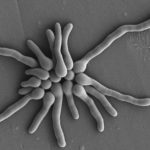
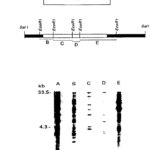
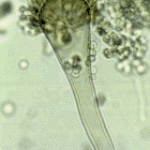

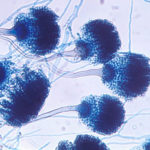
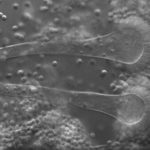
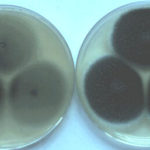

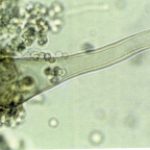

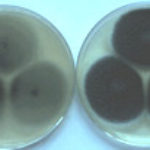
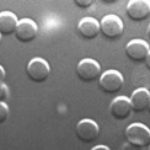
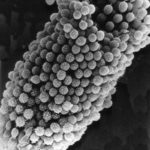
![Asp[1]fumigatus1 Asp[1]fumigatus1](https://www.aspergillus.org.uk/wp-content/uploads/2013/11/Asp1fumigatus1-150x150.jpg)
![Asp[1]fumigheadcopyr Asp[1]fumigheadcopyr](https://www.aspergillus.org.uk/wp-content/uploads/2013/11/Asp1fumigheadcopyr-150x150.jpg)
![Asp[1]fumighead2copyr Asp[1]fumighead2copyr](https://www.aspergillus.org.uk/wp-content/uploads/2013/11/Asp1fumighead2copyr-150x150.jpg)